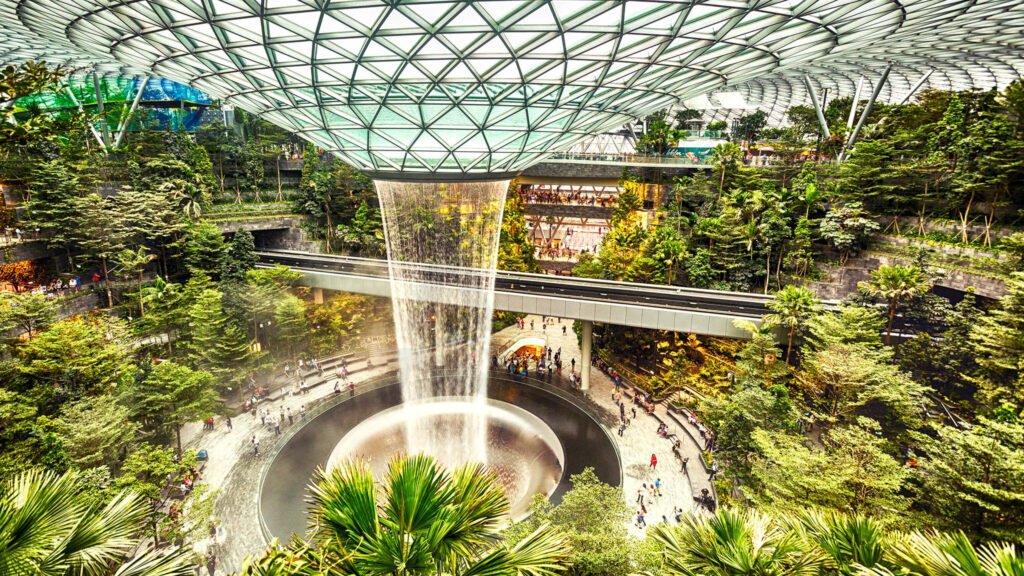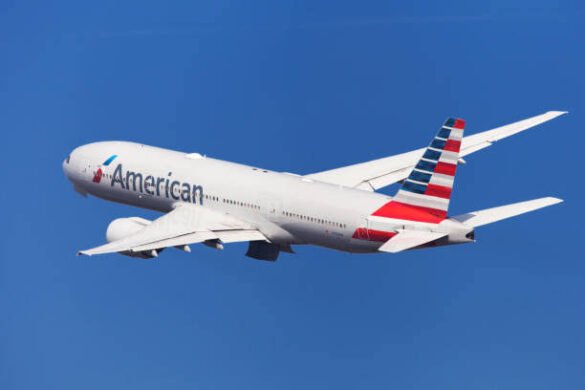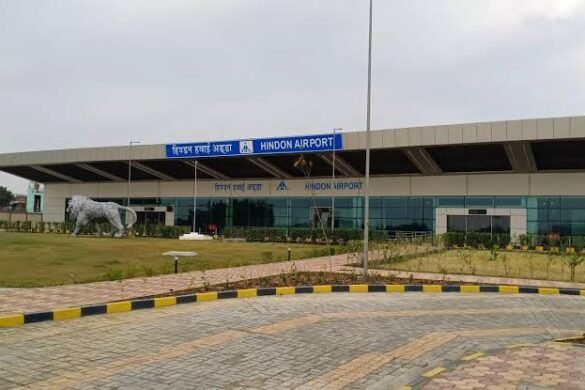Airports have increasingly become more than just transportation hubs; they have evolved into architectural masterpieces designed to offer a seamless and memorable experience for travelers. The latest recognition of these exceptional spaces comes from the Prix Versailles list of the world’s most beautiful airports, where two prominent Asian airports, Singapore’s Changi Airport Terminal 2 and Thailand’s Suvarnabhumi Airport, have secured top positions.
Singapore’s Changi Airport, already known for its cutting-edge design and luxurious amenities, continues to dazzle travelers with its awe-inspiring expansion of Terminal 2, completed late last year. Ranked third on the Prix Versailles list, Changi is a testament to the seamless integration of modern architecture, nature, and luxury. As one of the busiest airports in the world, Changi Airport stands out with its signature glass-and-steel dome that houses a variety of attractions, transforming the airport into a destination in itself.
One of the standout features at Changi is the world’s largest indoor waterfall, the Rain Vortex, which cascades through the center of the terminal. This stunning water feature is not only a visual marvel but also an immersive experience for passengers. Surrounding the Rain Vortex is the Shiseido Forest Valley, a lush, five-story indoor garden, which provides a calming, green respite for travelers. The topmost level of the airport features the Canopy Park, a space dedicated to themed gardens, play areas, and a sky bridge offering panoramic views of the surrounding areas. Changi’s blend of nature, art, and technology ensures that travelers are not just passing through, but are experiencing something extraordinary.
In fourth place, Thailand’s Suvarnabhumi Airport, the primary international gateway to Bangkok, is also recognized for its architectural beauty and operational excellence. Opened in 2006, Suvarnabhumi is a sprawling and modern airport known for its sleek design and spacious layout. The airport features vast glass walls, allowing for natural light to flood its terminals, and boasts a stunning, open-air atrium that provides a sense of grandeur as soon as travelers enter. Suvarnabhumi’s smooth blend of modern architecture and traditional Thai design elements makes it one of the most aesthetically pleasing airports in the world.
Both Changi Airport and Suvarnabhumi Airport represent the evolution of air travel, where functionality meets beauty, creating an experience that goes beyond just catching a flight. They reflect the growing importance of design in making airports not only more efficient but also more enjoyable to visit. For travelers, these airports are symbols of how airports are becoming integrated destinations in their own right, offering everything from relaxation and entertainment to luxury shopping and dining options.
As the competition among airports intensifies to offer the best travel experience, the recognition of these two Asian airports on the Prix Versailles list further emphasizes the increasing value placed on aesthetics and customer satisfaction in airport design. As international travel continues to grow, airports like Changi and Suvarnabhumi will undoubtedly remain at the forefront of architectural innovation, setting new standards for beauty, functionality, and the passenger experience.
In conclusion, Changi Airport and Suvarnabhumi Airport’s inclusion in the Prix Versailles list highlights the significant role airports play in shaping travelers’ experiences. These airports not only facilitate global connectivity but also provide a lasting impression with their breathtaking designs and world-class amenities, setting them apart as two of the most beautiful airports in the world.



